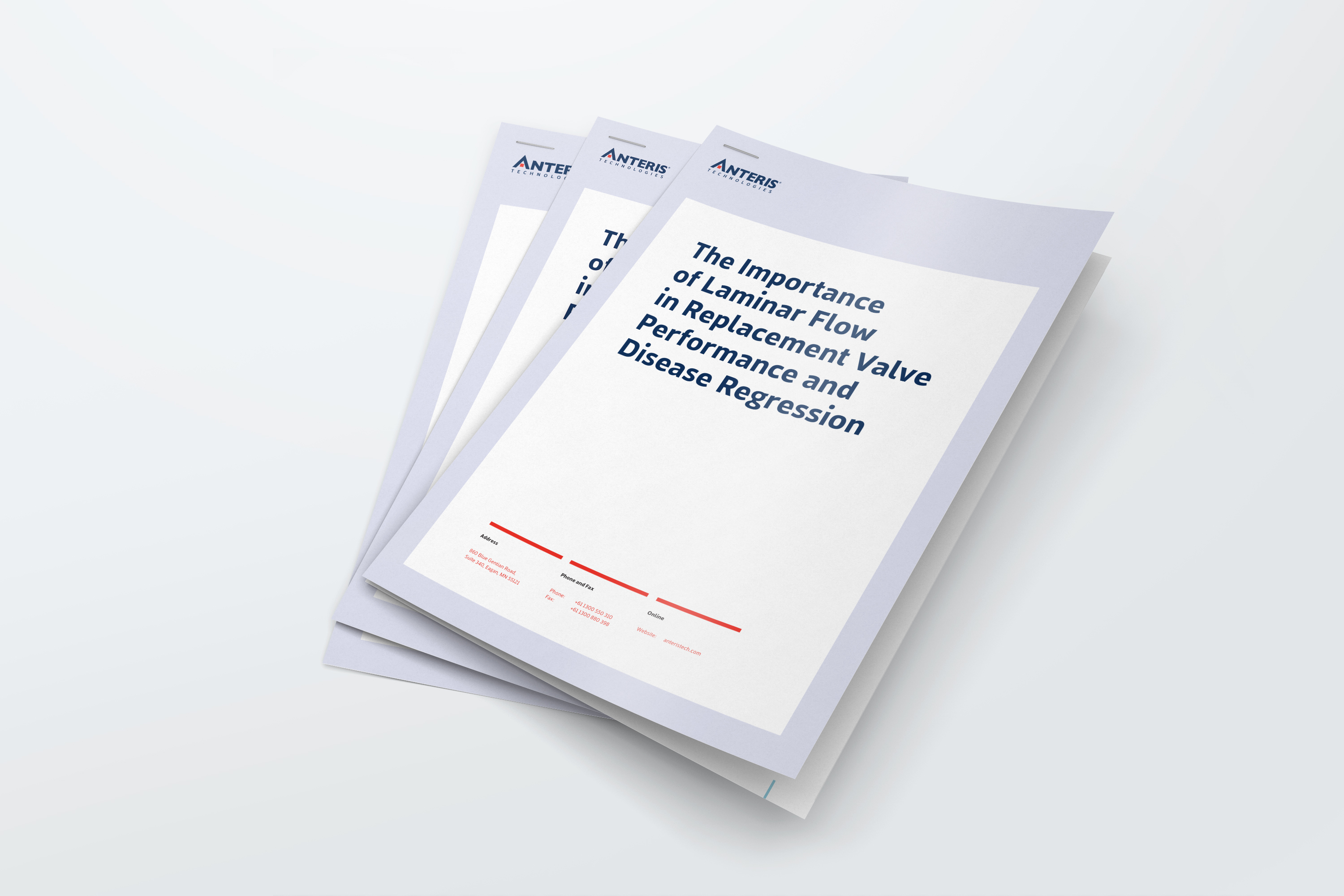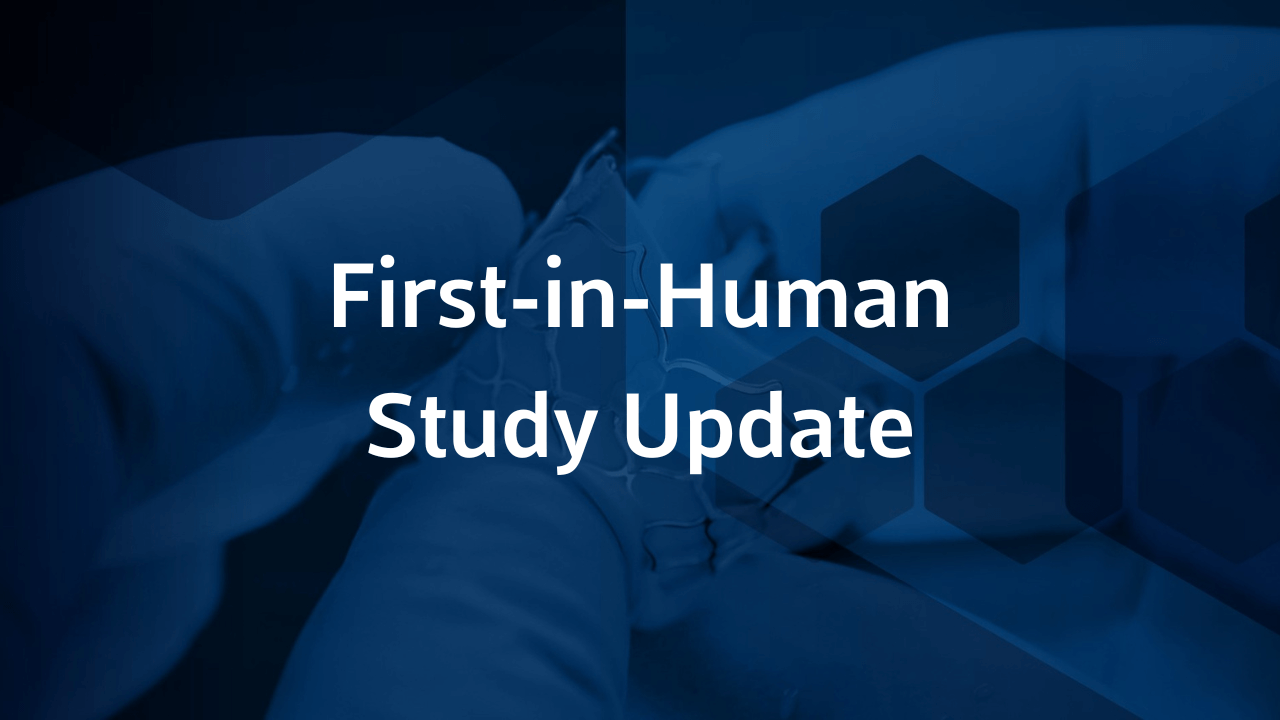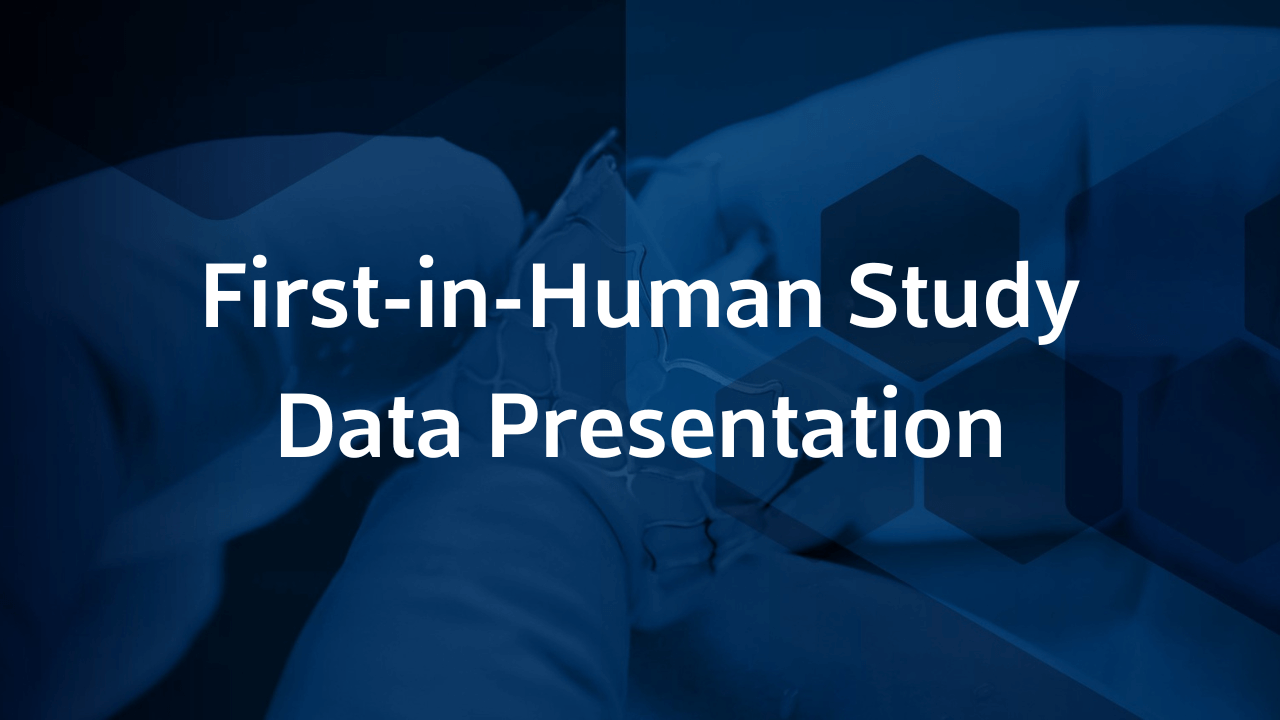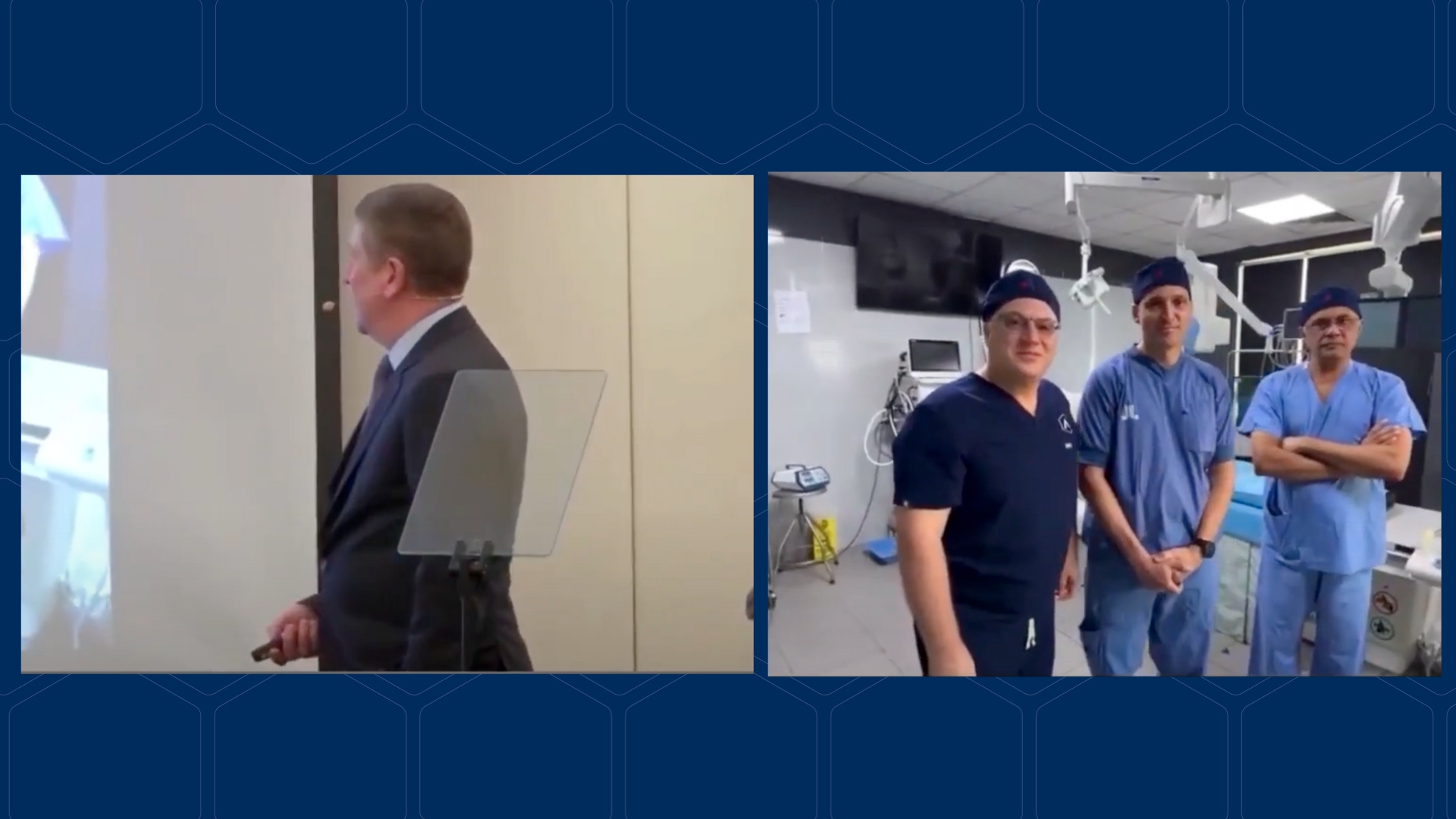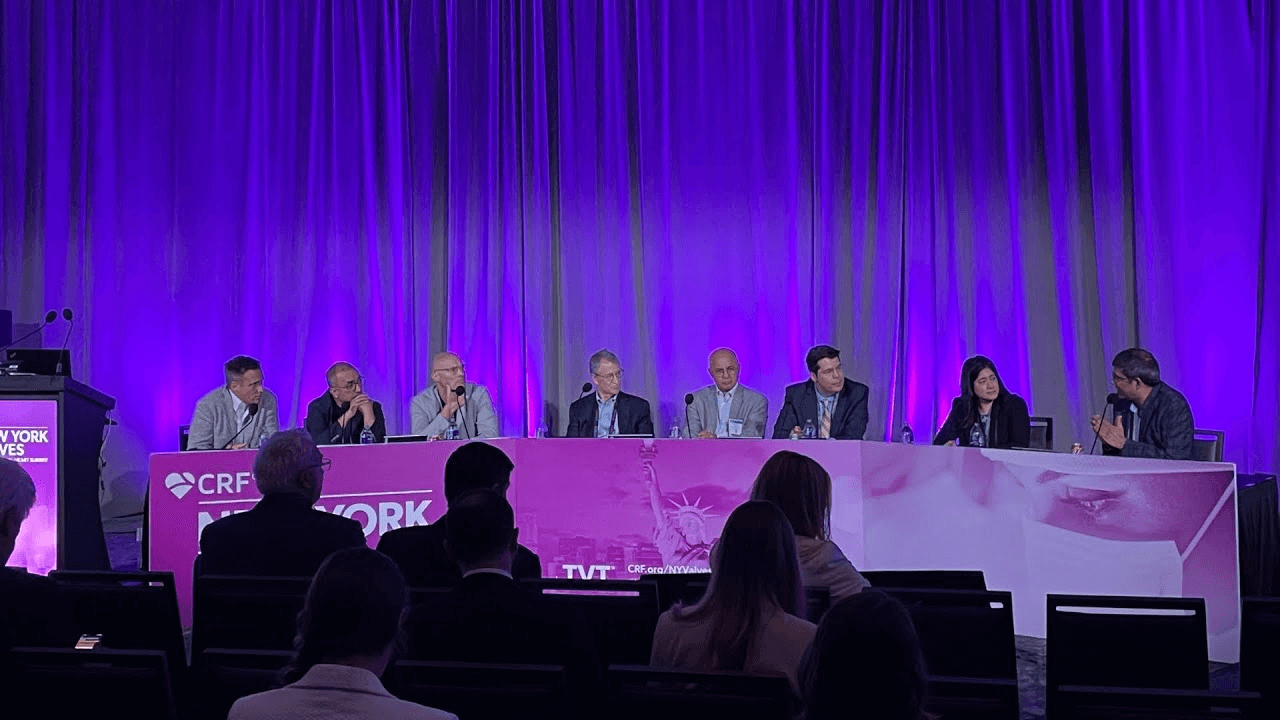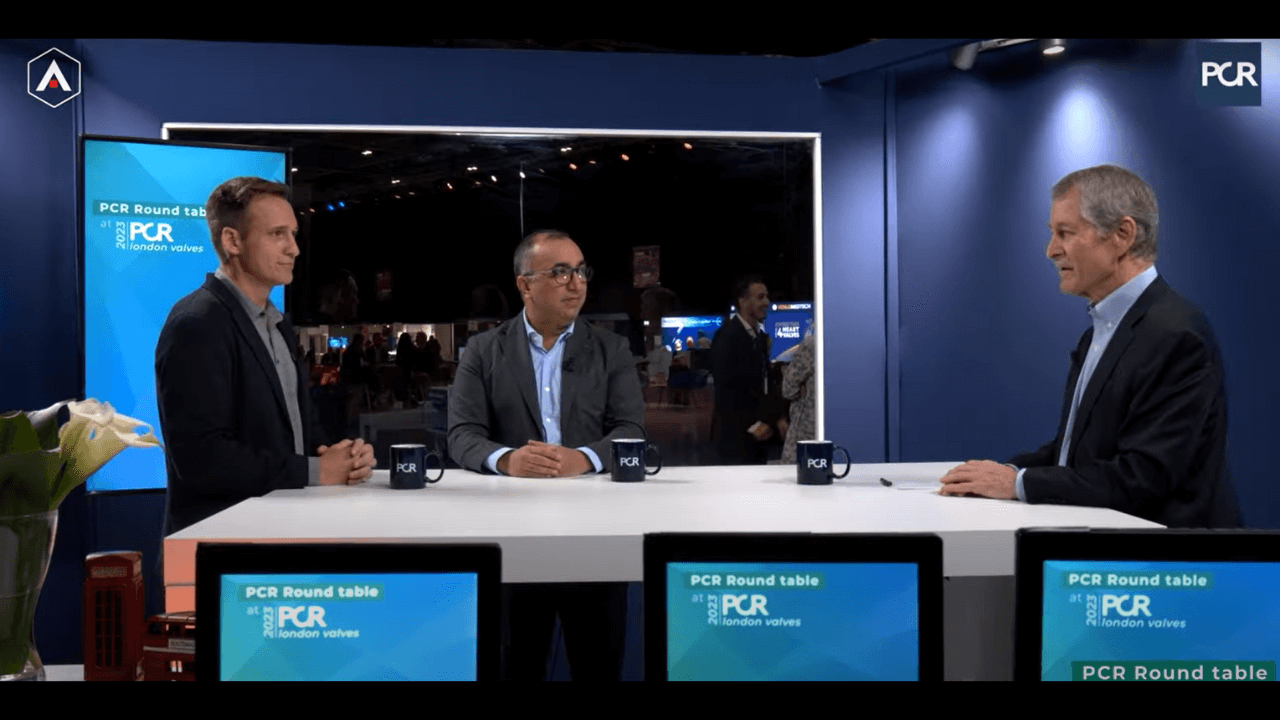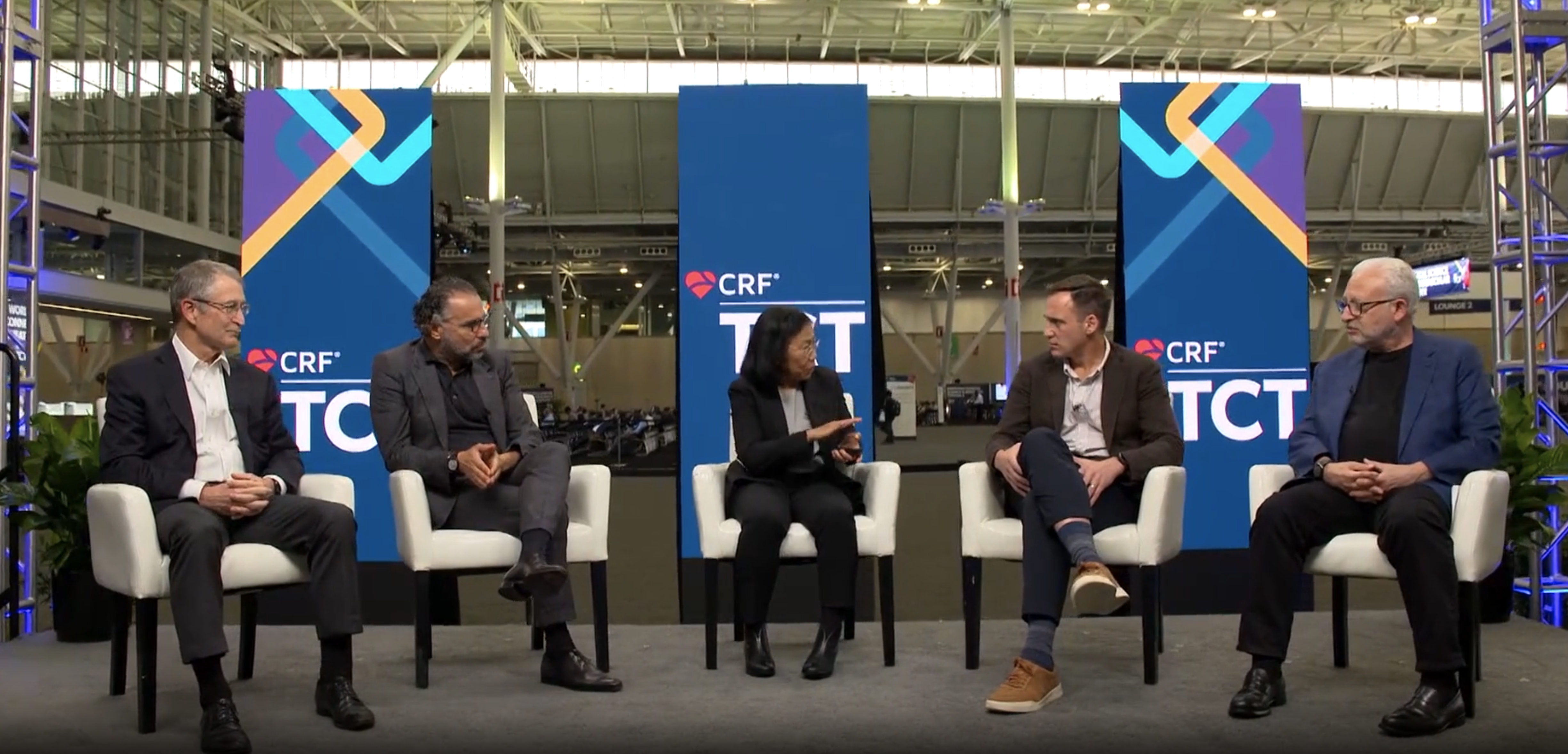Anteris Technologies Global Corp. announces that on September 29, 2025, the Company held a Special Meeting of Stockholders (the Special Meeting) at which a quorum was present. The matters listed below were submitted to a vote of the Company’s stockholders at the Special Meeting through the solicitation of proxies. Detailed descriptions of the proposals are included in the Company’s definitive proxy statement on Schedule 14A filed with the Securities and Exchange Commission on August 18, 2025 (the “Proxy Statement”).
A total of 18,687,740 shares of the Company’s common stock were present at the Special Meeting in person, by virtual attendance, or by proxy, which represents approximately 51.8% of the shares of common stock outstanding as of August 11, 2025, which was the record date for the Special Meeting.
A recording of the meeting will be available at this link for 90 days after the meeting.







